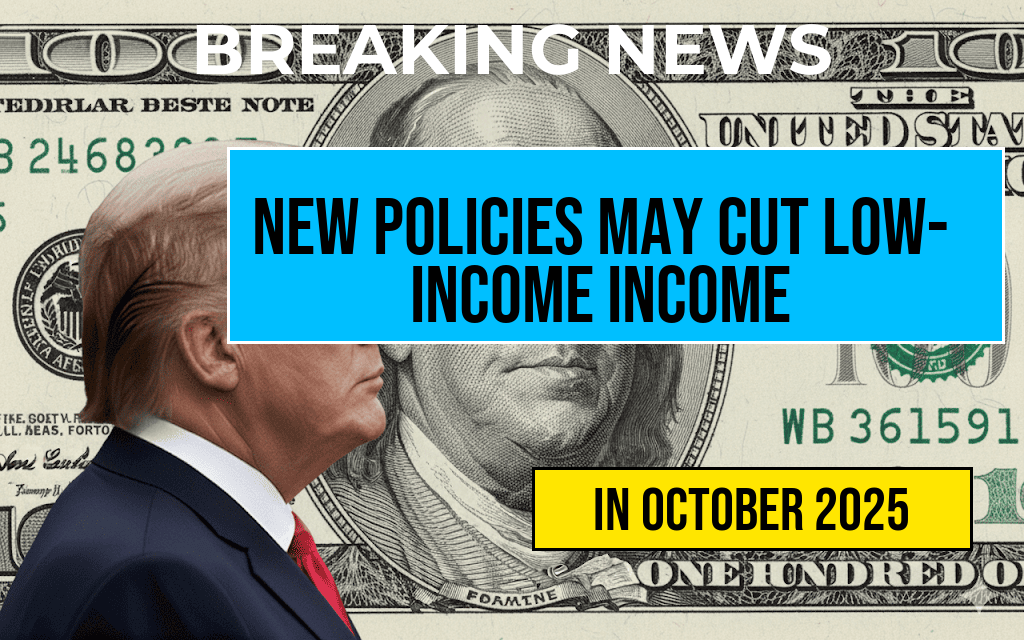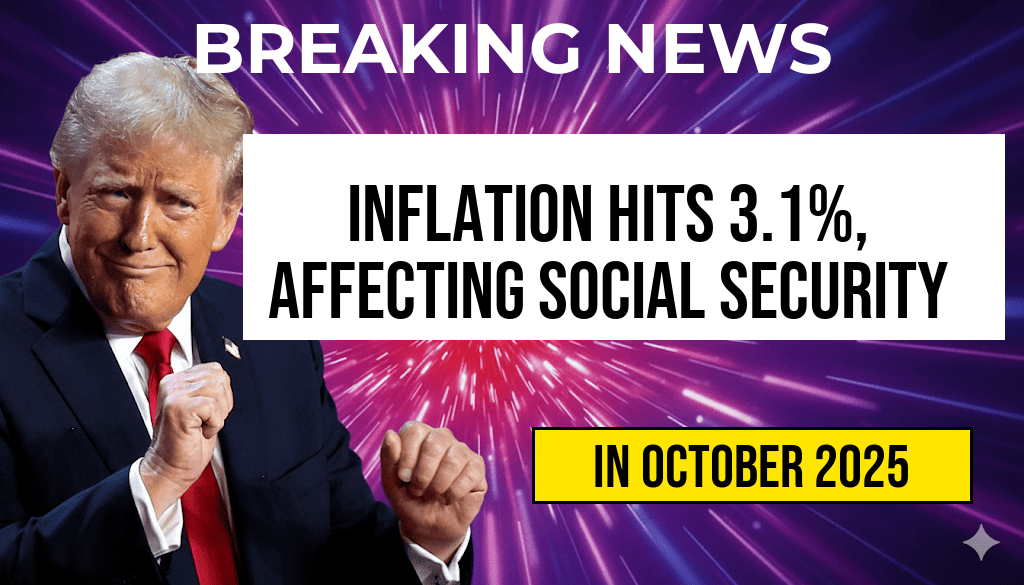Recent proposals by policymakers could significantly impact the financial wellbeing of low-income households across the United States, potentially reducing their annual income by an average of $1,650. As debates intensify regarding budget allocations and social safety nets, experts warn that these changes may exacerbate the existing economic challenges faced by vulnerable families. The new policies under consideration include modifications to tax credits, welfare benefits, and housing assistance programs, all of which are vital for supporting low-income individuals and families. As lawmakers discuss these measures, advocates and economists are raising alarms about the long-term effects on poverty levels and economic mobility.
Understanding the Proposed Changes
The proposed policies aim to revise several key support mechanisms that currently assist low-income households. Main areas of concern include:
- Tax Credit Adjustments: Modifications to the Earned Income Tax Credit (EITC) and Child Tax Credit (CTC) may reduce the financial support available to working families.
- Welfare Reforms: Changes to Temporary Assistance for Needy Families (TANF) could lead to fewer resources for families in crisis.
- Housing Assistance Cuts: Reductions in funding for programs like Section 8 housing vouchers may make it more difficult for low-income families to secure affordable housing.
Potential Economic Impact
Economists estimate that if these policies are enacted, the financial strain on low-income households could lead to increased reliance on emergency services and food banks, further destabilizing communities already facing economic hardships. According to a report by the Center on Budget and Policy Priorities, the EITC and CTC are critical lifelines for millions of families, reducing poverty rates and improving overall economic stability.
Voices from the Community
Community leaders and advocacy groups are sounding the alarm about the potential fallout from these policy shifts. “These proposed changes could push families further into poverty,” said Maria Lopez, a community organizer in Chicago. “We need to ensure that the voices of those affected by these decisions are heard and considered.”
Statistics on Low-Income Households
| Policy Area | Current Average Income | Projected Income After Policy Changes | Income Reduction |
|---|---|---|---|
| Earned Income Tax Credit | $2,800 | $1,500 | $1,300 |
| Child Tax Credit | $3,000 | $1,500 | $1,500 |
| Housing Assistance | $7,000 | $5,000 | $2,000 |
Political Landscape and Next Steps
As the debate unfolds, the political landscape remains divided. Proponents of the changes argue that streamlining benefits will reduce government spending and encourage self-sufficiency among low-income populations. However, opponents contend that these adjustments could undermine decades of progress in poverty alleviation initiatives. Forbes highlights that a balanced approach is necessary to ensure that vulnerable populations are not disproportionately affected.
Conclusion
As policymakers consider these significant adjustments, the potential consequences for low-income households loom large. Stakeholders from various sectors, including economic experts, community leaders, and affected families, are urging a more comprehensive evaluation of the proposed policies. The outcome of these discussions will not only shape the financial future of millions but will also influence the broader economic landscape of the nation.
Frequently Asked Questions
What are the new policies that could impact low-income households?
The new policies refer to recent legislative changes that aim to adjust benefits and tax credits for low-income households, potentially leading to a significant decrease in their overall income.
How much income could low-income households lose due to these changes?
According to estimates, low-income households could see their income slashed by as much as $1,650 annually as a direct result of the new policies.
Who will be most affected by these income cuts?
The households most affected will be those already struggling to make ends meet, particularly families relying on government assistance and those living below the poverty line.
Are there any proposed solutions to mitigate the impact of these policies?
Advocates and community leaders are proposing various solutions, including calls for increased funding for social programs and adjustments to tax policies to protect vulnerable populations from these income cuts.
What can individuals do to prepare for potential income loss?
Individuals can start by reviewing their financial plans, seeking community resources for support, and staying informed about any changes to government assistance programs that may affect them.












